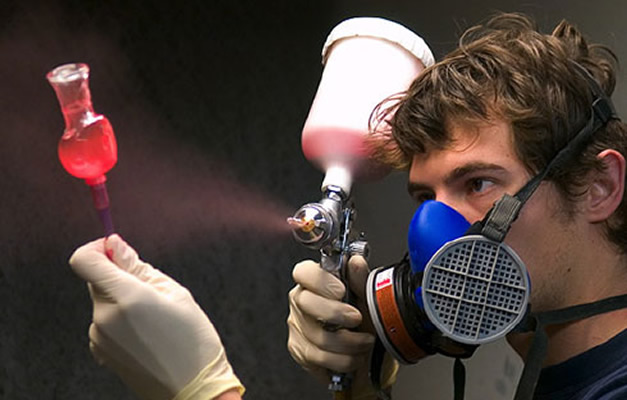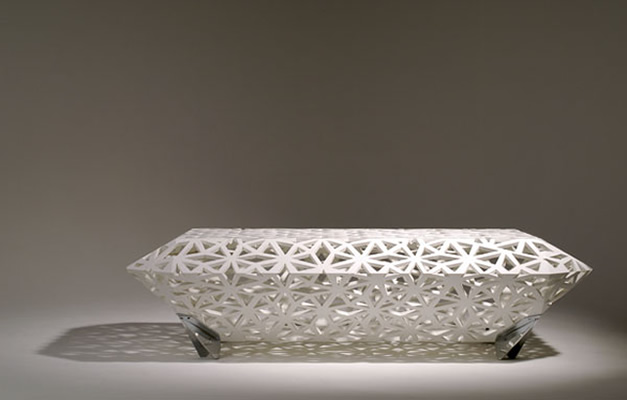Services Spray Finishing
Almost all projects require finishing of some sort, whether CNC machined, moulded or 3D printed. We have a number of skilled spray technicians to accommodate for the many projects and primarily use acrylic, thinner-based paints. When a more durable finish is required we use 2pac polyurethane paints (similar to what is used in automotive work-shops). Our capabilities cover almost all painting requests.
Requirements: Colour specification, texture/finish specification and knowledge of substrate (ie. what material is being painted). See below for details.
COLOUR
Colours can be custom mixed in solids and metallics. However, paint colours are matched by eye, so please consider the need to supply a visual specification for us to reference. These are some of the colour books we stock or you can send us a physical sample:
We can also paint in metallics but exact matches are more difficult due to varying metallic-fleck sizes. Our painters are highly skilled and can achieve a wide variety of textures and finishes to mimic real products. Some of the basic categories are:
FINISH
MATT – no luminosity and similar to a blackboard finish. This is used to mimic rubber products and is often requested for handle-type products. Matt finishes are common in the defense industry because of their low reflectivity.
SATIN – has medium level reflectivity and is almost always textured. Satin finish is the most common finish used in consumer products and is often specified with a high texture for injection moulded parts to hide flow lines and injection points.
GLOSS/HIGH-GLOSS – has good to high reflectivity and is reserved for use in high-end products due to it’s inability to mask moulding imperfections. High-gloss finishes are more costly than satin finishes because the product needs significantly more attention to achieve a perfectly smooth surface.
SUBSTRATE
Some materials react to the thinners, so please make sure to specify if your product is polycarbonate or polystyrene so we can either test a sample for you, or quote for painting them in polyurethane paint which is less reactive.
Some materials CANNOT be painted successfully due to low friction levels. This includes silicone and most engineering plastics such as acetal, nylon, polyethylene & PTFE (Teflon).
About Box and Dice
Box and Dice began as a prototyping and modelmaking workshop, servicing Sydney’s Industrial Designers. Over the years we have grown in our product development expertise and now assist designers, brand & marketing production managers and product centered businesses as they work through from concept to production.
We supply a wide range of services that are carried out both in-house and by a close network of local businesses but we understand that each project is unique. So, if your desired service/process/project type may not be featured on our website, it is worth contacting us for more information.
Website by Chris Harold - Freelance Web Designer

 02 9150 5422
02 9150 5422



